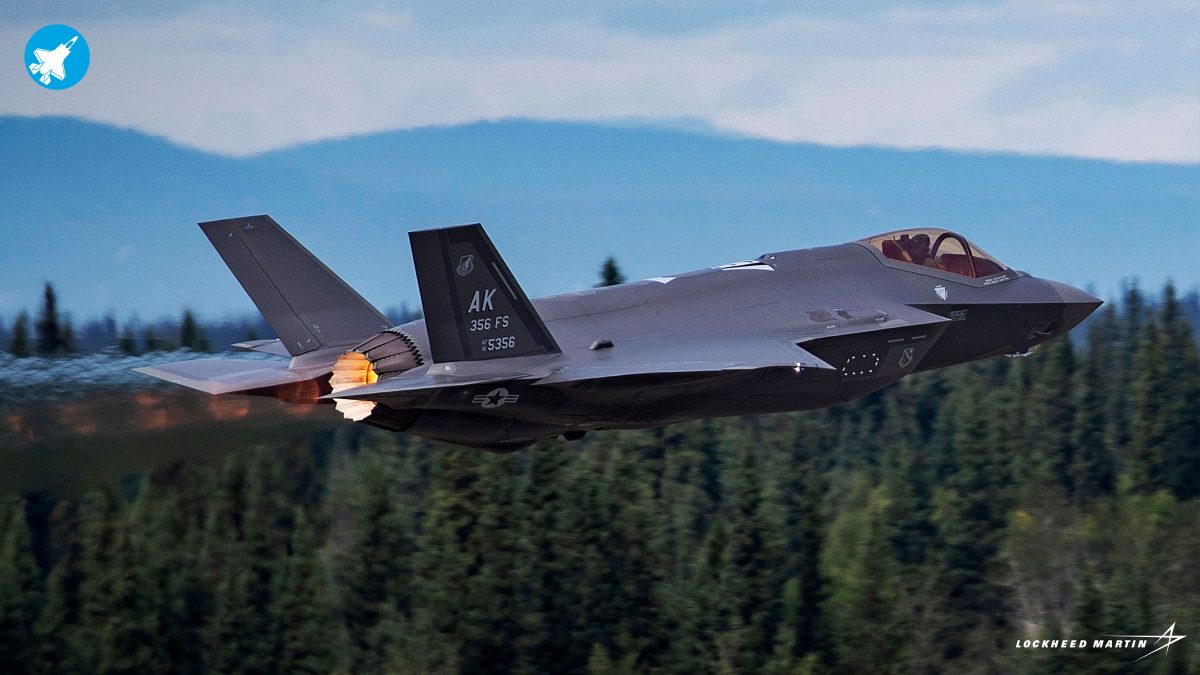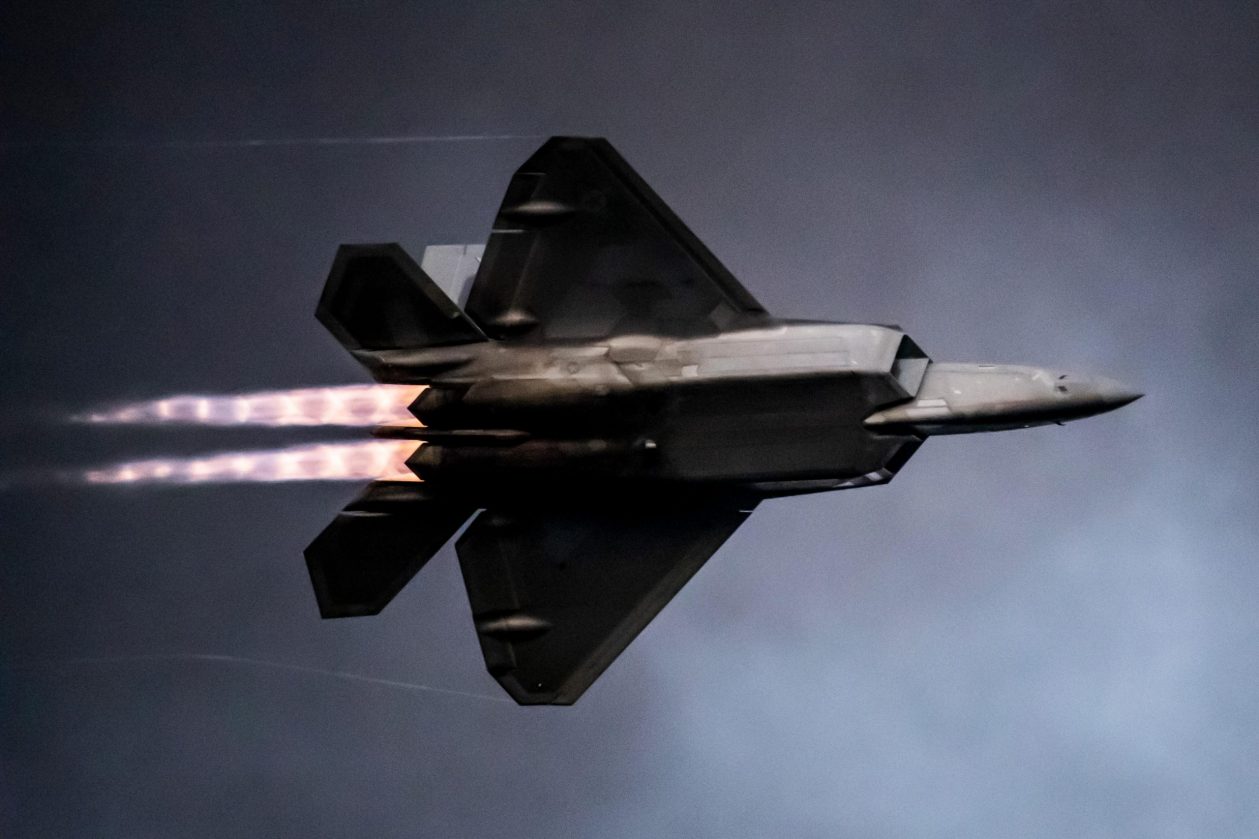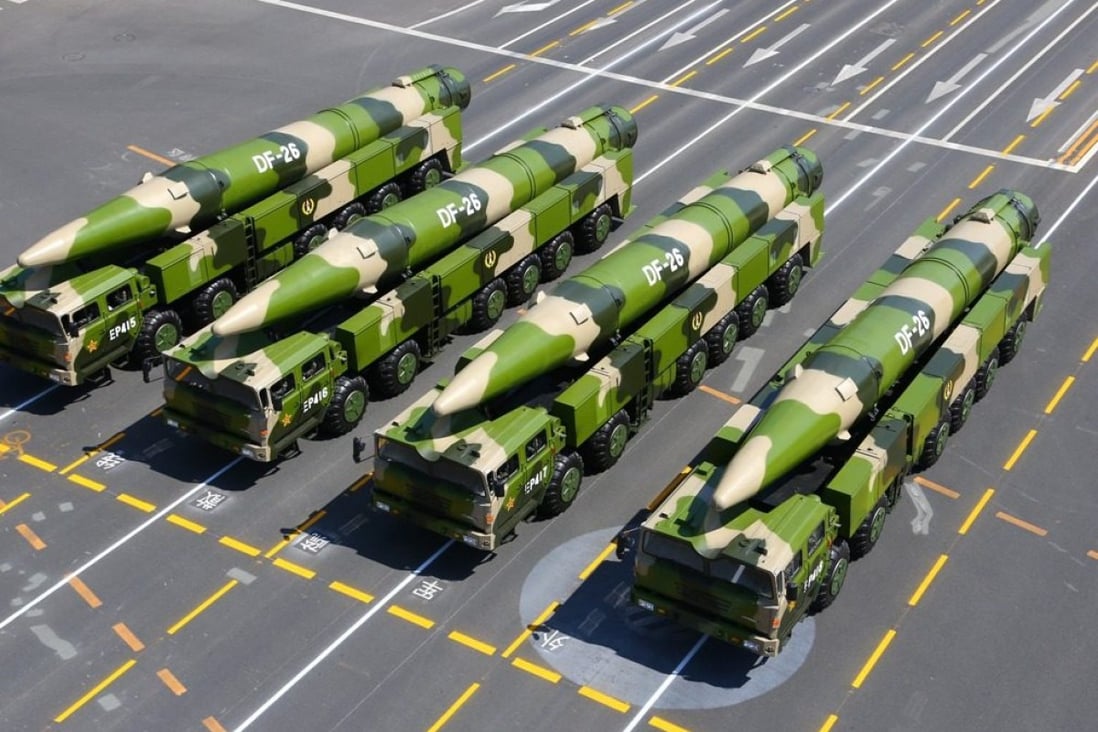One day after a US spy plane flew over the Taiwan Straits, the US Navy reportedly sent a warship to the South China Sea on June 25. Chinese experts responded to the transit as ‘provocation’ while predicting that the US vessel might create trouble in the South China Sea or the Taiwan Strait.
Chinese ‘Aviation Espionage’ Busted! Former US Army Pilot Pleads Guilty Of Leaking Critical Info To Beijing
The tensions between the US and China have been rising steadily with no breakthrough in sight. China’s hostility towards Taiwan — the recent intrusion into its Air Defense Identification Zone (ADIZ) with its warplanes — has become a catalyst for more tensions between the two bitter rivals.
The head of US Indo-Pacific Command, Adm. John C Aquilino, recently stated that he would like the US Air Force to permanently station its fifth-generation fighter jets to the west of the International dateline, i.e., closer to China, Air Force Magazine reported.
Speaking at an event organized by the Foundation for Defense of Democracies on June 24, he also emphasized the strategic significance of the island of Guam. It is pertinent to mention that China has developed long-range missiles that could strike the American territory of Guam and destroy its military assets on the island.
“I would envision that capability is … well, it’s certainly desirable,” Aquilino said. “But we would like to get to that ability to like I said, operate in contested space. Fifth-generation capabilities, whether they be F-22, F-35, are critically important to the ability to deliver deterrence.”

Aquilino’s comments, however, are in stark contrast with the argument presented by the Commander of the Pacific Air Forces, General Kenneth Wilsbach, in March this year.
He had argued that using “attritable” unmanned aircraft against China rather than advanced stealth fighter aircraft like the F-35 or F-22 would be much more appropriate, as reported by EurAsian Times.
Wilsbach argument was based on the fact that China has a very advanced Anti-Access/Area Denial (A2/AD) network in place, which should be overwhelmed and exhausted by these attritable UAVs, followed by a significant attack by the best fighters and bombers in the US Air Force (USAF).
Fifth-Gen Fighters In The Indo-Pacific
F-35 and F-22 aircraft from the US Air Force frequently fly missions deep into the Pacific Ocean from Alaska, Utah, and Hawaii. In contrast, the US Navy has sent aircraft carriers with F-35Cs into the Indo-Pacific, while the Marine Corps has stationed F-35Bs at Marine Corps Air Station Iwakuni, Japan.
F-35s are currently operated by Australia, South Korea, and Japan. But up until this point, the Air Force has kept its fifth-generation fighters hundreds of miles away from the east of the International Date Line.
Only one F-35 belongs to the Pacific Air Forces. According to the Air Force Magazine report, Joint Bases Elmendorf-Richardson shares the other two in Alaska and Joint Base Pearl Harbor-Hickam in Hawaii.
The enhanced presence of the F-35s in the Indo-Pacific by being a part of the fleets of American allies in the region led to an encounter between the F-35 and the Chinese fifth-generation J-20 fighter jet earlier this year.

The Air Force now operates Andersen Air Force Base on Guam, three air bases in Japan — Misawa Air Base, Kadena Air Base, and Yokota Air Base — two in South Korea — Osan Air Base and Kunsan Air Base.
A combination of F-16s, F-15s, and A-10s are now stationed at some locations. Recently, the F-22 Raptors from Hawaii joined the F-15s and F-35s of Japan in a demonstration of its Agile Combat Employment (ACE) capabilities to counter an attack from China in the region.
However, Aquilino informed that he had urged the Air Force for more cutting-edge capabilities when establishing INDOPACOM’s investment goals. “Forward stationed, a persistent, deep-penetrating capability is what I’ve asked for,” Aquilino said. “Additionally, the ability to be expeditionary and move around the theater in places that matter when needed, that’s what I’ve asked, and [PACAF commander Gen. Kenneth S Wilsbach] has been tremendous.”
It might make sense when viewed alongside China’s growing capabilities and the logistics problem that the US faces in the Asian region despite two staunch allies and Taiwan in the vicinity of the Chinese dragon.

Guam, The Most Strategic Location
Aquilino didn’t say whether the F-35 or F-22 should be used or where the plane should go. However, he did mention Guam as “absolutely a strategic location” in other parts of the interview.
“We will need to operate from Guam. We will need to both fight for and from Guam, and it will provide a variety of capabilities and support functions should we end up in some crisis,” Aquilino said. “So that’s extremely important, and … 125,000 United States citizens, it’s the homeland, who would expect to be defended, and we treat it as important as it is.”
While the places in Japan and Korea are closer to China than Guam is, Aquilino was eager to point out that the island is still very much within China’s territorial waters. China’s long-range ballistic missiles like the DF-26 can quickly strike Guam.
“The PLA rocket forces are developing continuously advanced capabilities—longer range,” Aquilino said. “Guam has a 360-degree threat, so our ability to defend it and to be able to operate from there is absolutely critical. I can see a continuous improvement and a continuous threat [from China], and that leads me to move with a sense of urgency to provide the capabilities that both defend. We can project power from Guam.”

Even in a region where the “tyranny of distance” is a frequent concern, “we expect to be attacked in that domain,” Aquilio added. The Admiral also stressed the importance of strengthening the missile defense network in Guam- which the Pentagon is already working on by planning a layered defense for the island.
“The key,” Aquilino said, “is to take the tremendous effort in the budget and then move forward to deliver that capability against all those threats, whether they be maneuvering, ballistic, or cruise missiles. We have to be able to deliver that capability to protect the forces and the people against all those threats.”
Additionally, the US is also pursuing the construction of another facility on nearby Tinian Island as an alternative to the Anderson Air Force Base in Guam, which could be used in a crisis.
- Contact the author at sakshi.tiwari9555@gmail.com
- Follow EurAsian Times on Google News





